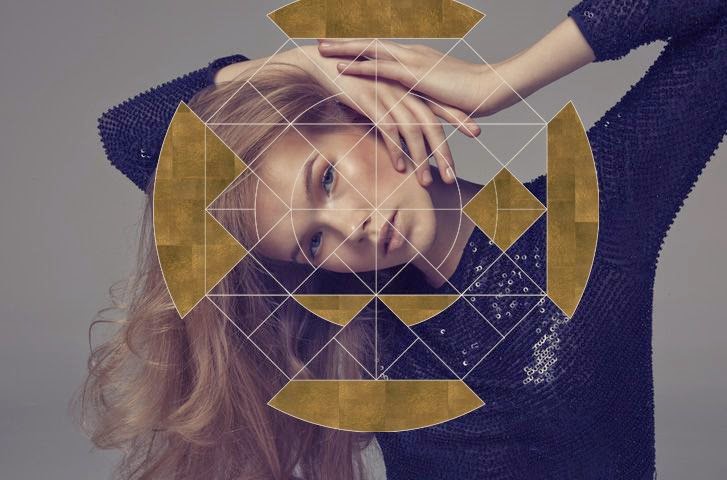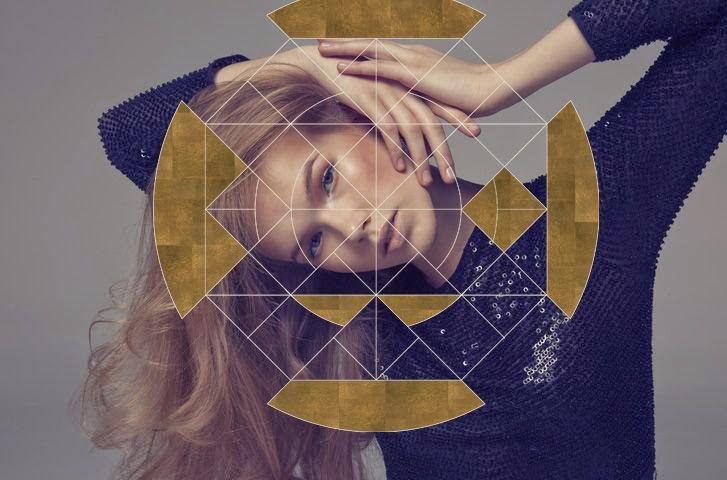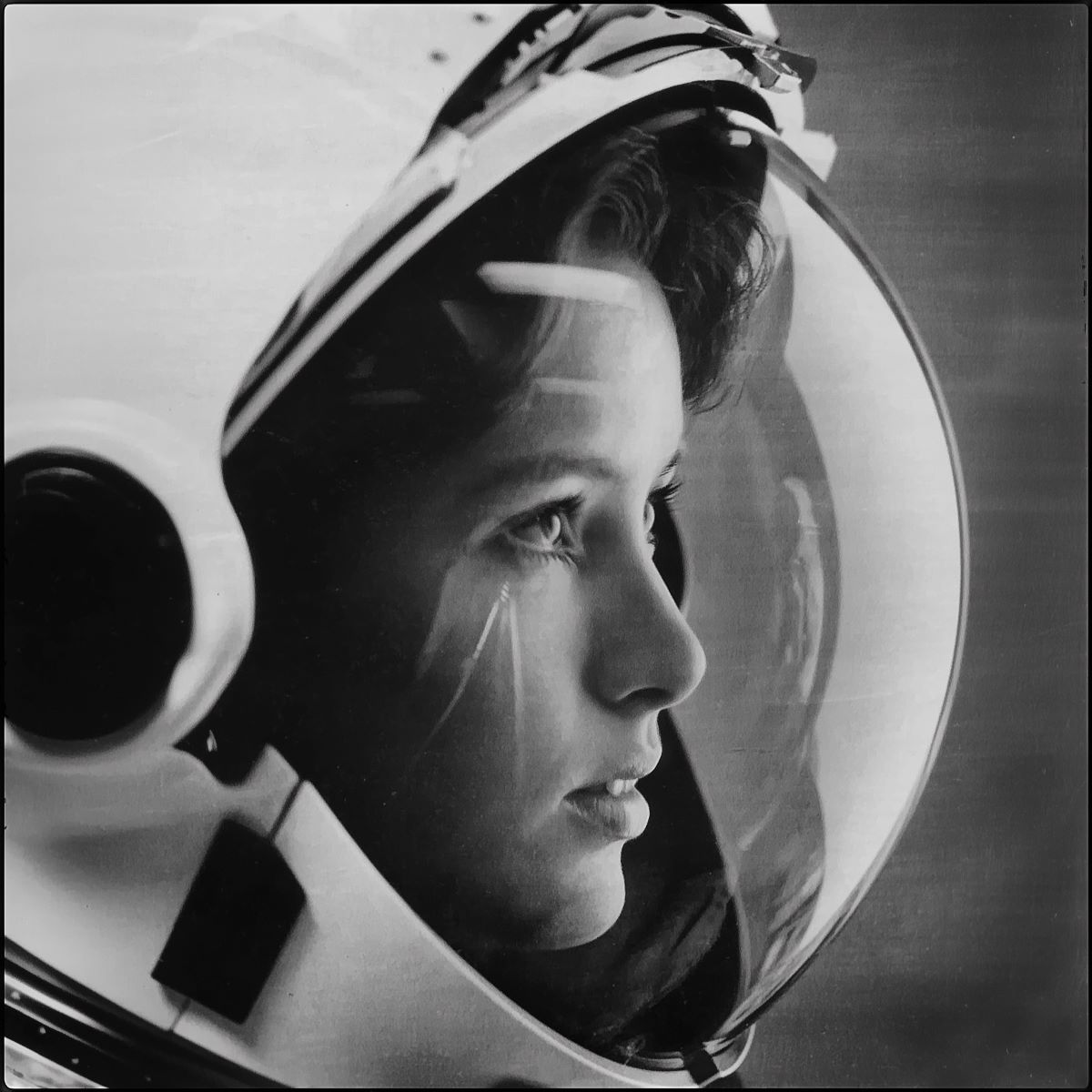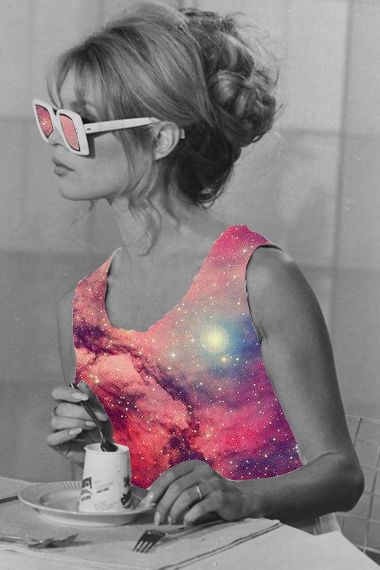Topics with a scientific or geometric orientation find a natural resonance when connected to the enigmatic planet Uranus. Within the expansive realm of knowledge, fields as diverse as sociology, computing, and astronomy converge when studied in relation to this outer planet. While Uranus’s influence on these disciplines might seem disparate, they are united by a shared fascination with the mysteries of the universe and the intricate patterns that underlie its functioning. Delving into the theoretical roots of these subjects, one encounters the intriguing intersection with astrology. Despite its mystical aura, astrology is underpinned by the same mathematical principles and possesses an intriguing relationship with abstract geometry. This infusion of structure provides astrology with a formal framework, elevating it beyond mere divination into a discipline that requires a profound understanding of patterns, systems, and universal interconnections. Just as a mathematician discerns symmetries and relationships among numbers, the art of horoscope-making involves deciphering the hidden patterns woven into the fabric of the cosmos. Here lies the crux of the matter – no two angles, or aspects, share identical energetic properties. They vary along a spectrum that ranges from harmonious alignments to discordant clashes.
Interestingly, those drawn to Uranus’s ethereal energy and its path towards enlightenment often seek refuge in astrology. This universal discipline unveils how the positions of planets at the moment of one’s birth shape the destiny of individual lives. Uranus, being linked to the highest echelons of self-awareness, propels individuals toward a cosmic plane of consciousness. Here, boundaries blur, and the mind gains access to a seemingly boundless repository of information. From this vantage point, the world appears as a harmonious whole, interconnected and synchronized in ways that evoke a profound sense of unity.
Renowned astrologer Liz Greene delves into the geometrical aspect of Uranus in her book, “The Art of Stealing Fire.” Within its pages, Greene discusses the vast dimensions of this enigmatic planet, placing it within the broader context of the universe and in relation to the rest of the solar system. Her investigation uncovers the geometrical patterns that Uranus contributes to the cosmic fabric, cultivating a richer understanding of how these patterns shape our perceptions and experiences.
“In order to get a better grasp of this dimension of Uranian vision, you should all read John Addey’s book, Harmonics in astrology: An introductory textbook to the new understanding of an old science
, as well as Working with Astrology: The Psychology of Harmonics, Midpoints, and Astro-Carto-Graphy (Contemporary Astrology)
by Charles Harvey and Mike Harding. It is also worth remembering that Jung, who was steeped in astrology as well as Platonic philosophy, and who had an Aquarian Ascendant with Saturn rising closely opposite Uranus, used number and Geometry as the basis of his mapping of the psyche. The trinity, the quaternity, and the circle are fundamental to Jung’s understanding of the personality. A major part of his three alchemical volumes, Psychology and Alchemy, Alchemical Studies, and Mysterium Coniunctionis, is devoted to the exploration of the geometric structure of the psyche…The dimension of astrology which is suggested by Uranus is its fundamental design. This conveys to us the workings of the “mind of God”, the cosmos as a unified whole. Every student in astrology has to start with the fact that everything in astrology is geometrically based, and functions through orderly numerical sequences. There are twelve signs, which are derived from the division of the ecliptic into four (by two equinoxes and two solstices), and then into twelve. There are three signs in each of the four elements, four signs in each quality, and three qualities. Everything is rooted in the magic of the compasses. The major aspects are derivatives of three and four. When one steps back and views the astrological system as a geometric design, its beauty and symmetry are breathtaking. By Liz Greene
The following statements continue to evoke profound introspection and elevate one’s awareness to a heightened spiritual realm:
The Universe is constructed from a mathematical fabric. Plato believed God to be a Geometer. Sir Isaac Newton supposed the planets were originally thrown into orbit by God. The world, the universe, and nature can be reliably understood using mathematics. I do not know if God is a mathematician, but mathematics is the loom upon which God weaves the fabric of the Universe. If the Cosmos was suddenly frozen, and all movement ceased, a survey of its structure would not reveal a random distribution of parts. Simple geometrical patterns, for example, would be found in profusion – from the spirals of galaxies to the hexagonal shapes of snow crystals. Set the clockwork going, and its parts move rhythmically to laws that often can be expressed by equations of surprising simplicity. And there is no logical or priori reason why these things should be so. The Loom of God: Tapestries of Mathematics and Mysticism
Even though the author describes areas like astrology and numerology as “the wild side of mathematics” in the same book.
“The Wild Side of Mathematics” During the early days, both science and math have been connected with fictitious beliefs. Astronomy with astrology, chemistry with alchemy, and mathematics with numerology.
At the core of astrology lies the fascinating concept that our birth time, place, and date serve as the foundational building blocks for constructing a unique “miniature world.” This world, according to astrological beliefs, is connected to the positions and movements of celestial bodies such as planets and stars at the exact moment of our birth. This cosmic snapshot encapsulates a celestial map that astrologers use to derive insights into our personalities, tendencies, potentials, and challenges.
Just as each individual perceives the world through their own subjective lens, astrology suggests that each person possesses a distinctive mathematical and cosmic composition that shapes their journey through life. This composition is thought to influence our behaviors, preferences, and reactions to various circumstances. While astrology is not a traditional science in the same empirical sense as physics or chemistry, it does offer a unique perspective on human behavior and psychology. Astrology, in essence, becomes a kind of “Promethean skill,” offering a unique way to venture into the realm of an individual’s private life. By connecting the individual to a universal order and design, astrology offers a sense of belonging and interconnectedness with the cosmos. It suggests that the same cosmic forces that govern the movements of planets also play a role in shaping our lives.

.jpg)











